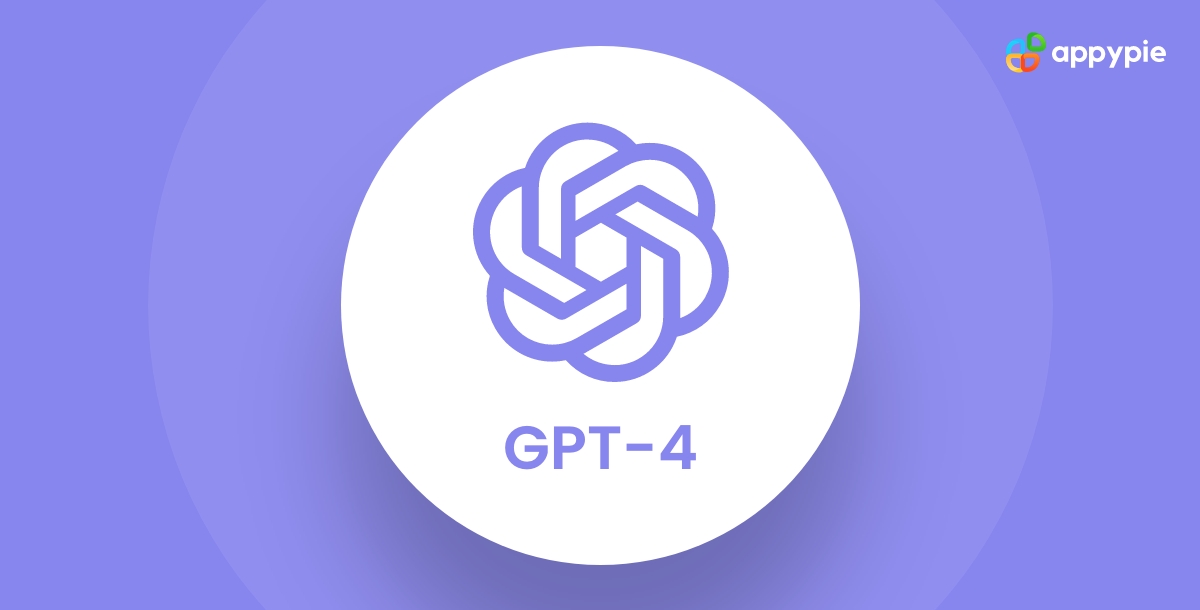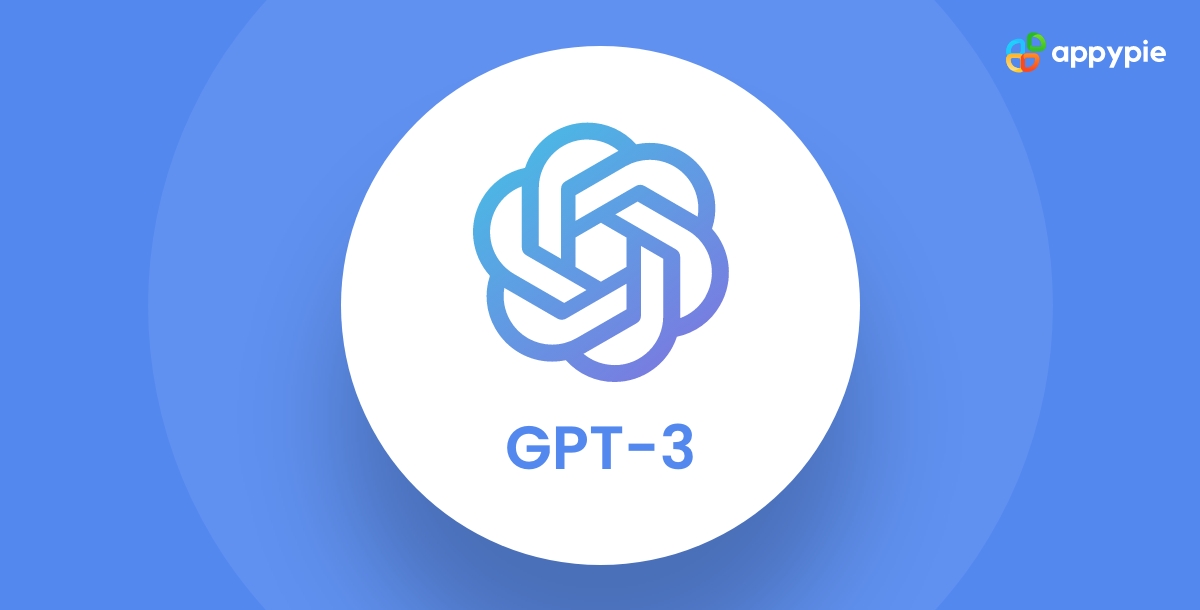GPT-4 vs. GPT-3: A Comparative Analysis of Two Leading Language Models [Top Integrations]

Table of Content
What is OpenAI GPT-4?
GPT-4 (Generative Pre-trained Transformer 4) is the next generation of OpenAI's language model, which is expected to surpass the performance of its predecessor, GPT-3. GPT-4 is an AI-based natural language processing model that uses deep learning to generate human-like text. It is built on the same transformer architecture as GPT-3 but with a larger number of parameters and improved training methods.

GPT-4 has been designed to improve on the limitations of GPT-3 by enhancing model "alignment," which means the ability to better understand and follow user intentions while generating more truthful and less offensive or dangerous output. GPT-4 also improves the factual correctness of its answers, reducing the number of "hallucinations" or factual errors. Additionally, it improves "steerability," which is the ability to change its behavior according to user requests, such as changing its writing style or tone.
One of the most significant advancements in GPT-4 is its ability to use image inputs (currently in research preview only and not yet available to the public) along with text to perform any language or vision task. GPT-4 can interpret complex imagery such as charts, memes, and academic paper screenshots with high accuracy.
What is OpenAI GPT-3?
OpenAI GPT-3, or Generative Pre-trained Transformer 3, is a state-of-the-art language model developed by OpenAI, one of the leading AI research organizations in the world. It uses a deep neural network with over 175 billion parameters, making it the largest and most advanced language model currently available.

GPT-3 can perform a wide range of natural language processing tasks, such as language translation, question answering, text completion, and text generation. It is capable of producing human-like language, and it has been used in a variety of applications, including chatbots, virtual assistants, content generation, and more.
GPT-3 is trained on a large corpus of text data from the internet, and it can generate text based on input prompts provided by the user. Its impressive performance has made it one of the most popular and widely used language models in the AI community, with many developers and researchers exploring its potential for various applications.
What are Generative Pre-trained Transformers?
- Generative Pre-trained Transformers (GPT) are a type of deep learning model used for generating human-like text.
- GPT models can be used for various applications, including answering questions, summarizing text, translating text, generating code, and creating various types of content such as blog posts, stories, and conversations.
- These models are trained on large amounts of data and learn to generate text by predicting the next word in a sequence.
- GPT models are based on a transformer architecture that allows for better handling of long sequences of text.
- Fine-tuning GPT models on specific data can lead to even better results and more accurate outputs.
- By using GPT models, businesses can save costs on computing, time, and other resources required for generating human-like text.
What’s New in GPT-4?
- GPT-4 has been developed to improve model "alignment," which refers to the ability to follow user intentions while generating less offensive or dangerous output.
- It has shown performance improvements in terms of factual correctness and reasoning errors, scoring 40% higher than GPT-3.5 on OpenAI's internal factual performance benchmark.
- GPT-4 has improved "steerability," which is the ability to change its behavior according to user requests such as writing in a different style or tone or voice.
- It has a better adherence to guardrails, meaning it is better at refusing illegal or unsavory requests.
- GPT-4 has the ability to use image inputs (currently in research preview only and not yet available to the public) in addition to text, allowing users to specify any vision or language task by entering interspersed text and images.
- Examples showcased GPT-4's ability to correctly interpret complex imagery such as charts, memes, and screenshots from academic papers.
GPT-4 vs. GPT-3 and GPT-3.5 – key differences
Here is a tabular format highlighting the key differences between GPT-4, GPT-3, and GPT-3.5:
| Aspect | GPT-3 | GPT-3.5 | GPT-4 |
|---|---|---|---|
| Model Size | 175B parameters | 6B parameters | Unknown |
| Training Data | 45TB of text | 570GB of text | Unknown |
| Performance | Low factual accuracy, occasional factual or reasoning errors, sometimes generates offensive or dangerous output | Improved factual accuracy, lower number of factual or reasoning errors, better adherence to guardrails | Further improved factual accuracy, lower number of factual or reasoning errors, better adherence to guardrails, improved alignment with user intentions |
| Steerability | Can change behavior according to user requests | Improved steerability | Improved steerability |
| Visual Input | Text only | Text only | Can use image inputs in addition to text |
GPT-4 vs. GPT-3 model’s capabilities
Here's a comparison table highlighting the capabilities of GPT-4 and GPT-3:
| Model Capabilities | GPT-4 | GPT-3 |
|---|---|---|
| Performance improvements | Scoring 40% higher on internal factual performance benchmark | Outperformed its predecessors in terms of factual correctness |
| Model size | Estimated to have over 10 trillion parameters | 175 billion parameters |
| Alignment improvement | Designed to improve model alignment, resulting in more truthful and less dangerous output | Not specifically designed for alignment improvement |
| Steerability improvement | Designed to be more steerable based on user requests | Capable of changing its behavior according to user requests |
| Image and text input | Can use image inputs and text for vision or language tasks | Can only use text input for language tasks |
| Adherence to guardrails | Better at refusing unsavory or illegal requests | Has some guardrails but not as effective as GPT-4 |
| Multilingual support | Improved multilingual support compared to GPT-3 | Supports multiple languages but not as effective as GPT-4 |
| Training data | Trained on a larger and more diverse dataset | Trained on a large dataset but not as diverse as GPT-4 |
Top Integrations of GPT-4 and GPT-3
Here are some of the top integrations for GPT-4 and GPT-3:
- Appy Pie Connect: Appy Pie Connect is an AI-driven integration platform that allows businesses to connect their favorite apps and automate workflows. With GPT-4 and GPT-3 integrations, businesses can automate content creation, chatbot responses, and customer service queries.
- Hugging Face Transformers: Hugging Face is an open-source library that provides state-of-the-art deep learning models for natural language processing (NLP). GPT-4 and GPT-3 integrations with Hugging Face allow developers to fine-tune the models for specific tasks such as sentiment analysis, text classification, and named entity recognition.
- Google Cloud AI Platform: Google Cloud AI Platform provides a suite of tools for building and deploying machine learning models. With GPT-4 and GPT-3 integrations, developers can create custom models using the pre-trained models and train them on their own data.
- Amazon Web Services (AWS) AI: AWS AI provides a range of tools for building and deploying machine learning models on the AWS cloud. With GPT-4 and GPT-3 integrations, developers can create custom models and deploy them using AWS Lambda, AWS SageMaker, and other services.
- Microsoft Azure Cognitive Services: Microsoft Azure Cognitive Services is a set of APIs and services for building intelligent applications. With GPT-4 and GPT-3 integrations, developers can use the pre-trained models to add natural language processing capabilities to their applications, such as language translation and sentiment analysis.
Conclusion
GPT-4 is poised to be a significant leap forward in the capabilities of generative language models. While GPT-3 has already demonstrated remarkable achievements in natural language processing, GPT-4 promises even greater accuracy, precision, and control over generated content. However, it's important to note that GPT-3 is still a highly capable language model and will remain a useful tool for many applications.
With the top integrations available, including using Appy Pie Connect, an AI-driven integration platform, businesses and individuals can harness the power of these language models to create compelling content, improve workflows, and drive innovation in various industries.
Related Articles
- The 7 Best Server Monitoring Tool in 2023
- An Empirical Study on Parameter-Efficient Fine-Tuning for Multi-modal Large Language Models
- 10 Best Harvest Integrations for Time Tracking
- Business Development Unlocked: A Roadmap to Growth and Innovation
- Meta AI for WhatsApp- A Complete Guide
- Top 10 Mindbody Integrations To Boost Productivity
- Social Media Customer Service: Insights, Importance, 10 Best Practices
- You Only Cache Once: Decoder-Decoder Architectures for Language Models
- Adidas Logo: History and Evolution of the World’s Most Successful Brand
- How to Design a Flyer for Your Business (Step-by-Step Guide)
Most Popular Posts
- Top 12 Essential Call Center Skills Every Agent Needs
- ALOHa: A New Measure for Hallucination in Captioning Models
- How to use pivot tables in Google Sheets? [Everything about Google Sheets Pivot Table]
- Logotype vs Logomark: Understanding the Difference
- Monochromatic Colors: Unlocking the Expert Design Tips
